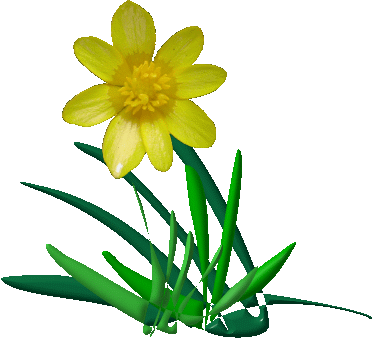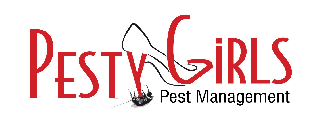- Bees are flying insects closely related to wasps and ants, and are known for their role in pollination and for producing honey and beeswax.
- Bees are adapted for feeding on nectar and pollen.
- Bees have a long proboscis (a complex "tongue") that enables them to obtain the nectar from flowers.
- Bees all have two pairs of wings, the hind pair being the smaller of the two; in a very few species, one sex or caste has relatively short wings that make flight difficult or impossible, but none are wingless
- A queen lays soft white eggs in the comb. The egg stage takes place during days 1 through 3
- In three days, the egg hatches into a larva. Workers feed it bee milk and bee bread. It spins a cocoon around itself. The larva stage takes place during days 4 through 9.
- In the cocoon, the larva turns into a pupa. It now has eyes, wings, and legs. It looks more like a bee. This stage is during days 10 through 23, depending on the type of bee it will become.
- This is the final stage in a bee's complete metamorphosis. The bee chews its way out of the cell. It becomes an adult on days 16 through 24, depending on what type of bee it is.
Home | About Pesty Girls Pest Management | Cockroaches | Spiders | Ants | Bees | Wasps | Fleas | Possums | Contact Us | Sitemap
© copyright Pesty Girls Pest Management 2011 All rights reserved.
This work is copyright. Apart from any use permitted under the Copyright Act 1968, no part may be reproduced by any process, nor may any other exclusive right be exercised, without the permission of Pesty Girls Pest Management (copyright owner) and the year in which the work was made - 2008
- Bees usually sting if handled or caught in clothing, but are also known to vigorously defend their nests if disturbed.
- A bee can only sting once. It stings, flies away and dies, but leaves the stinger behind. The stinger has tiny hooks and a poison sac. The stinger keeps on pumping poison until it is removed.








